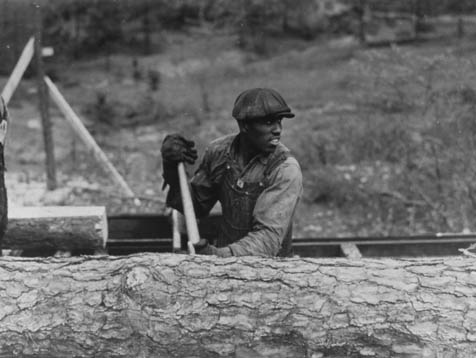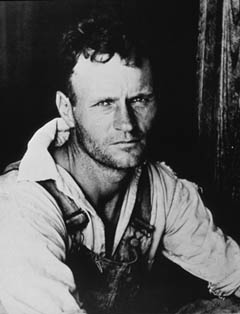Ordinary to Extraordinary: FSA Photographs
At Channing Peake Gallery. Shows through October 26.

While the photographic undertakings of the nation’s Farm Security Administration in the 1930s were designed to reinforce the organization’s various aid programs, the images that arose have come to define a turbulent period of American history. Taken between the Great Depression and World War II, these iconic photographs portray the effects of economic hardship, displacement, and industrialization on the American people. At no previous point in the peacetime history of this country were the talents of so many photographers employed toward a single cause. The purpose of their pursuit may have been documentary, but the visual records that resulted are laced with empathy, amounting to a large-scale, humanitarian expose.

A number of black-and-white FSA photographs from the permanent collection of the Santa Barbara County Arts Commission are currently on display at Channing Peake Gallery. In these images, photographers-including Walker Evans, Dorothea Lange, and Marion Post Wolcott- examine the effects of the Depression on small-town American life, crafting a range of images unequalled in terms of depth, reach, or interpretation. And while all the photographers were charged with a common purpose, the real beauty of this examination comes from the expression of their individual sensibilities and approach to their subject.
Russell Lee delivers the viewer onto the dusty front porch of a Missouri family’s shanty, where grandparents gaze forlornly into the lens and barefooted children in ragged attire cluster around them. Dorothea Lange throws us into the midst of a grim farmworker encampment, Jack Delano has us marveling at the power of industry and of the human spirit, and Marion Post Wolcott portrays well-to-do ladies seemingly oblivious to both as they wander a Florida beach.
Cluttered billboards and overstated signs rein supreme in Walker Evans’s work, while it is the striking symmetry and crisp vision of grain silos and freight cars that empower John Vachon’s visions. These images provide contrast with the more immediately emotive portraiture, but they are just as effective in conveying the social impact of the period. This era of American history was characterized by ordinary people facing unusually challenging circumstances. Both the faces and the landscapes captured in this exhibition deliver poignant insight into that extraordinary experience.



